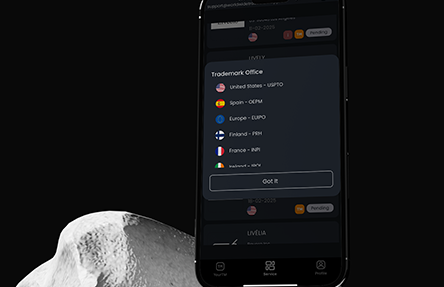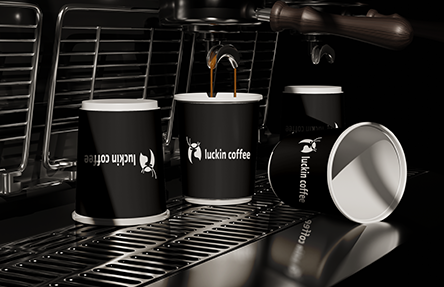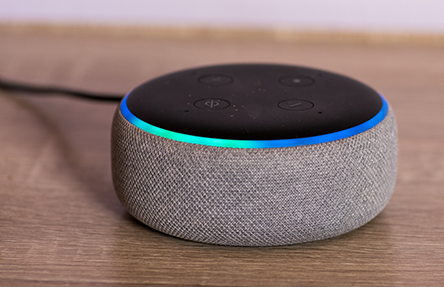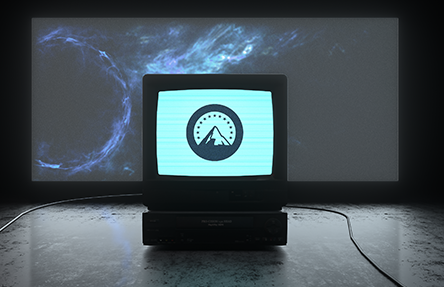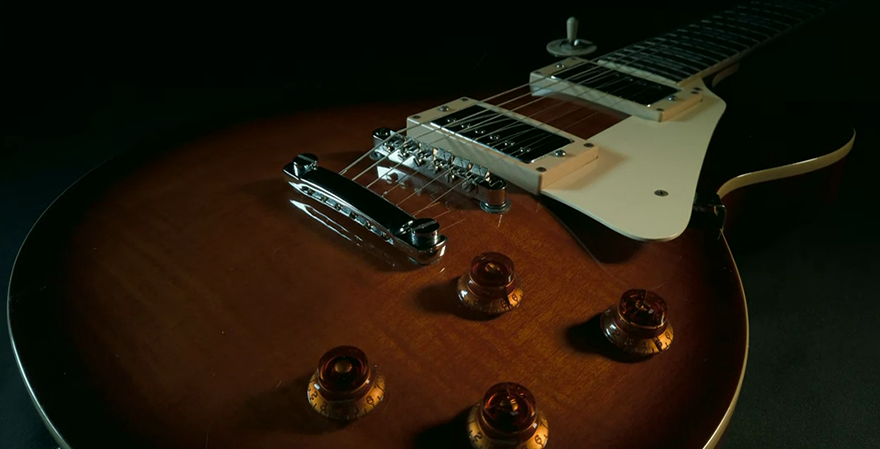Sony Files New ‘PATAPON 1+2 REPLAY’ Trademark Amid Console Wars and Rising Tariff Concerns
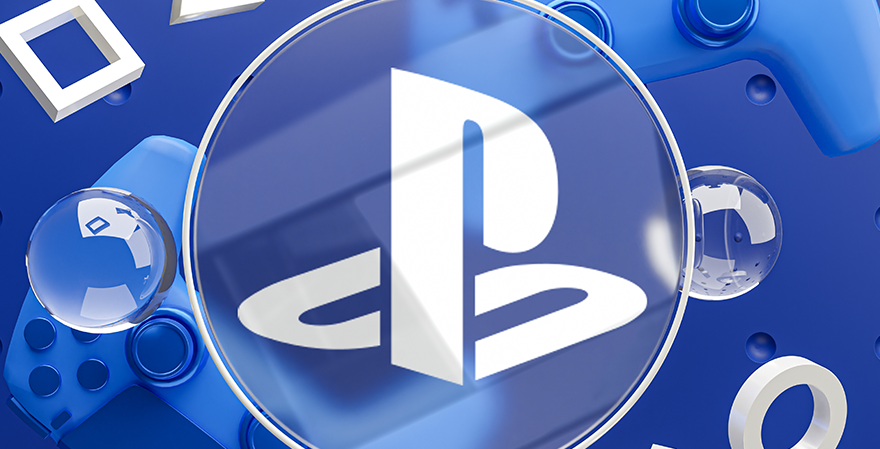 Apr/14/2025
Apr/14/2025
Sony recently filed for a trademark titled ‘PATAPON 1+2 REPLAY,’ signaling a return of beloved classics to consoles and mobile devices. This trademark arrives during a turbulent moment for the videogame industry, as new U.S. tariffs threaten to disrupt the supply chains and profitability of major console makers, potentially leading to higher consumer prices. Sony’s latest move highlights its strategy to leverage nostalgia as geopolitical and economic pressures intensify.
Sony’s filing for the ‘PATAPON 1+2 REPLAY’ trademark covers an extensive range of gaming and entertainment software, from downloadable mobile games to virtual reality experiences. The move emphasizes the company’s continued innovation, expanding its portfolio beyond traditional consoles and into broader multimedia experiences. Since its original PlayStation launch in 1994, Sony has built an industry-leading brand, with its PlayStation 2 reigning as the best-selling console ever. Recent releases like the PlayStation 5 Pro and PlayStation VR2 further cement Sony’s leadership. Additionally, Sony seeks to protect its brand strength by extending opposition deadlines against potentially confusing trademarks, including its April 9 request for additional time to oppose the ‘PLAY+’ trademark for video game consoles. This legal maneuver helps ensure market clarity and defends Sony’s prominent position in the highly competitive gaming landscape.
However, the ambitious plans of Sony and rivals such as Nintendo now face uncertainty as U.S. tariff hikes disrupt global supply chains. Nintendo, whose consoles largely come from China and Southeast Asia, faces potential tariff spikes as high as 145%, significantly raising costs. Analysts warn these changes might soon force console makers to raise consumer prices, limiting their market reach. Nintendo’s upcoming Switch 2, priced around $450 — already substantially above the original Switch — faces criticism as tariffs loom. While Nintendo has inventory flexibility, the unpredictable tariff landscape poses risks for both companies. Sony’s ability to sustain competitive pricing amid these tariff uncertainties remains critical for its continued dominance in the global gaming market.





